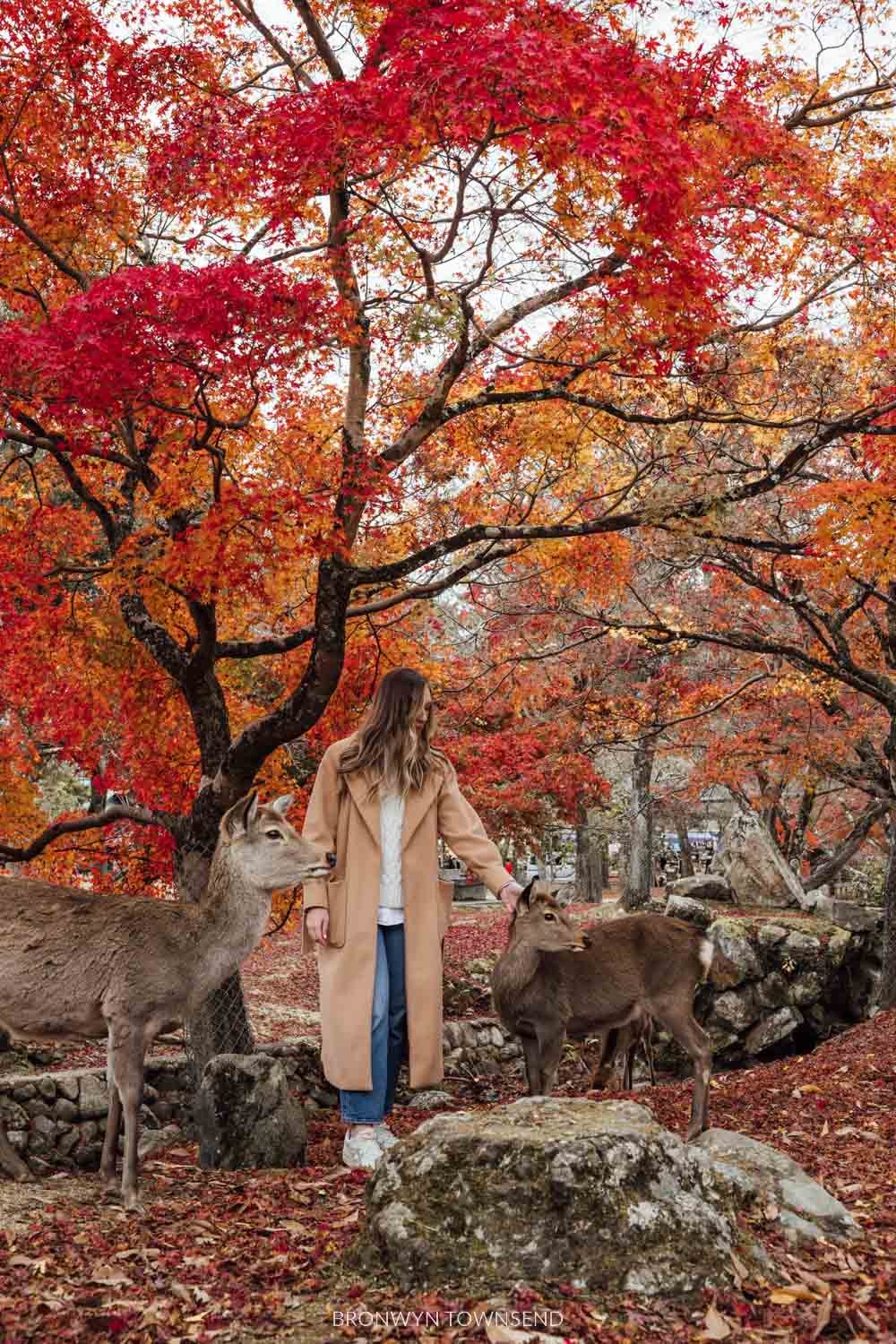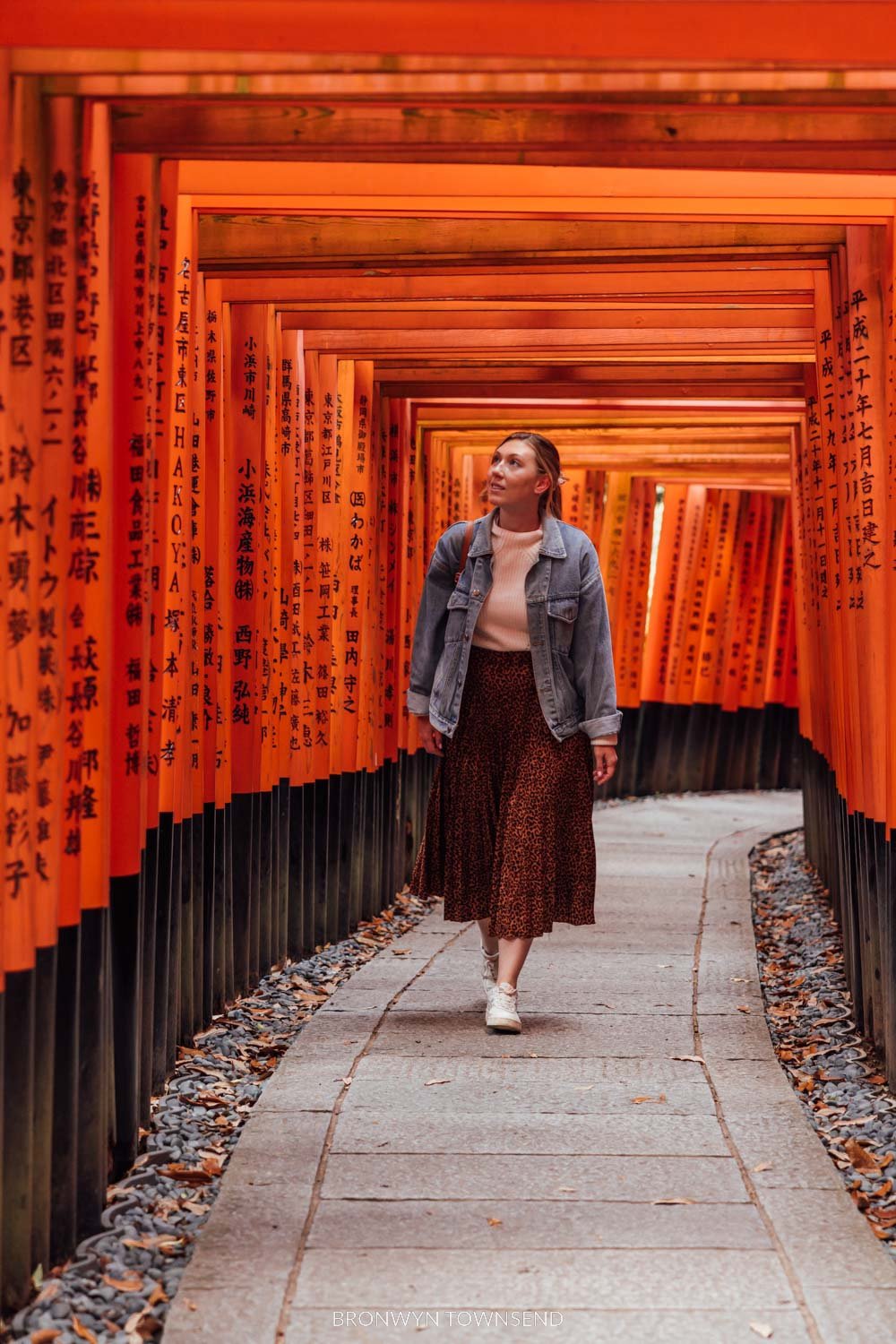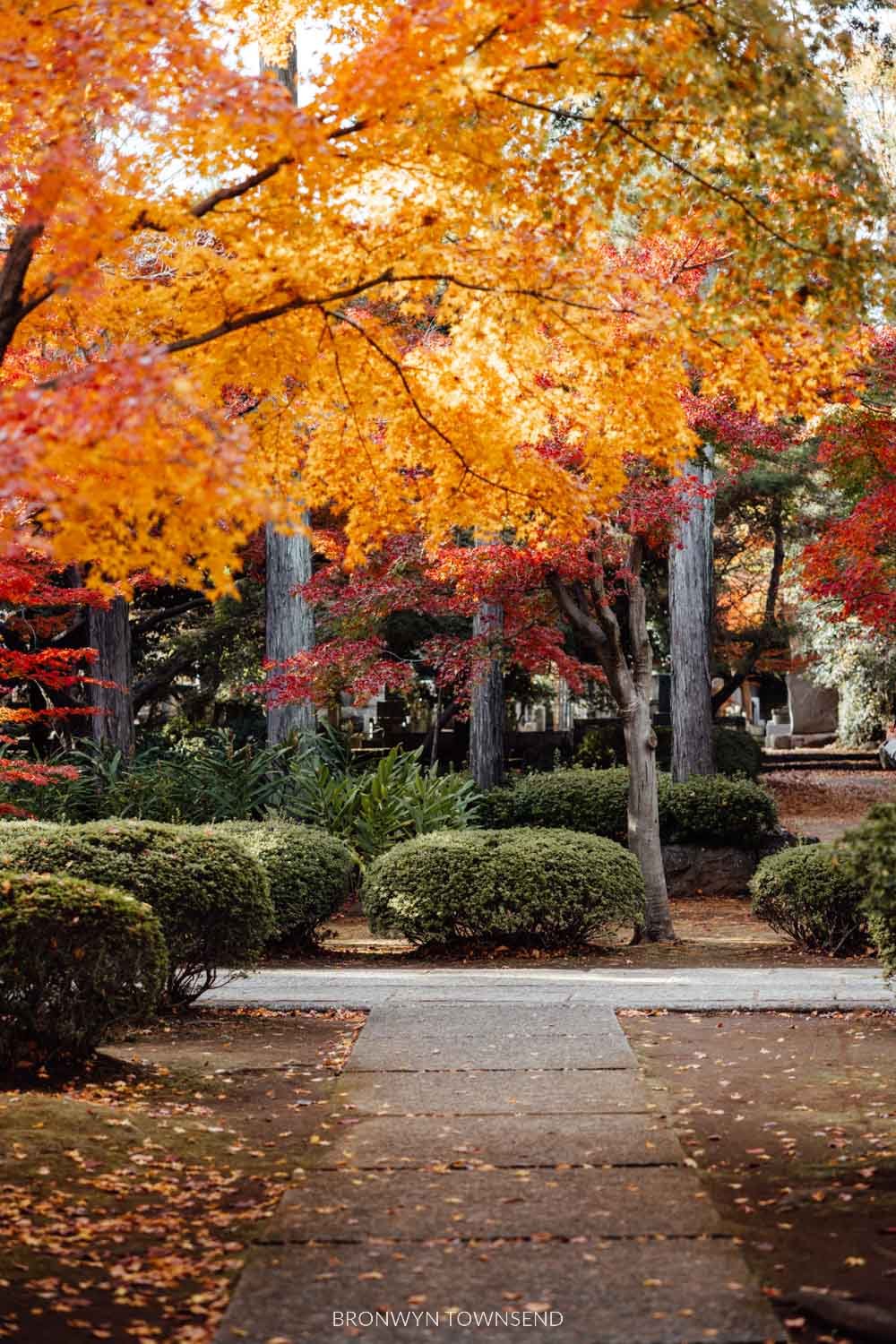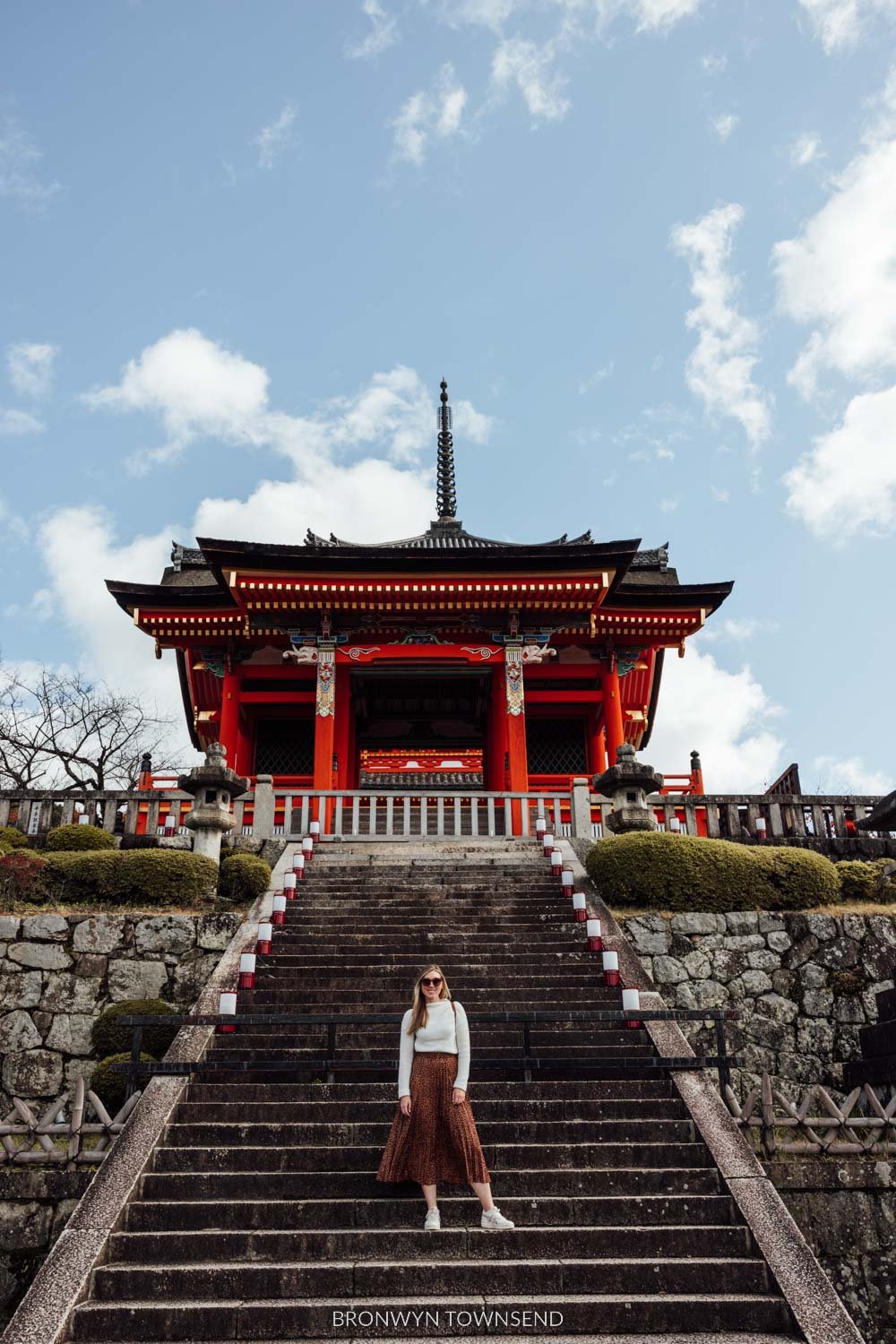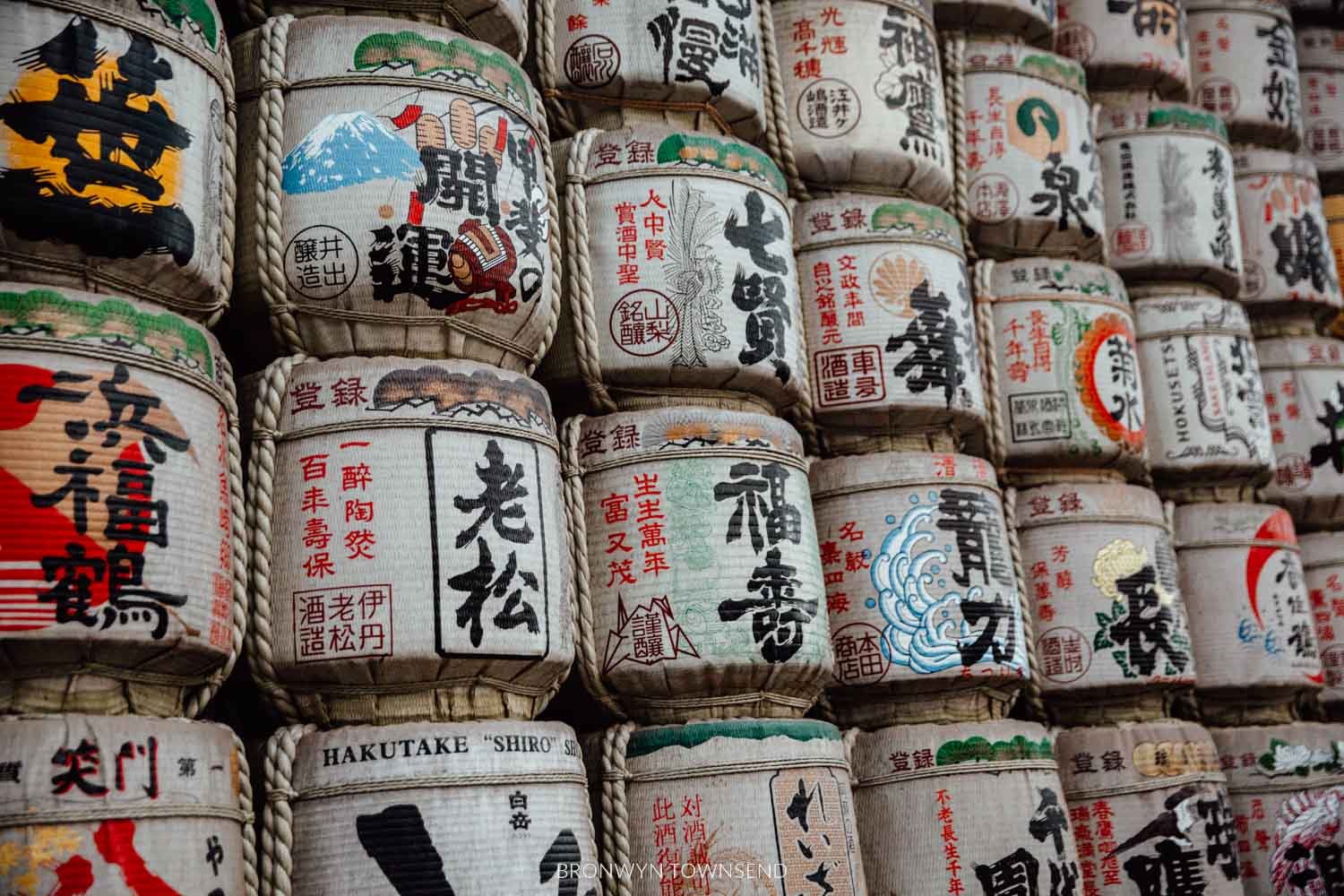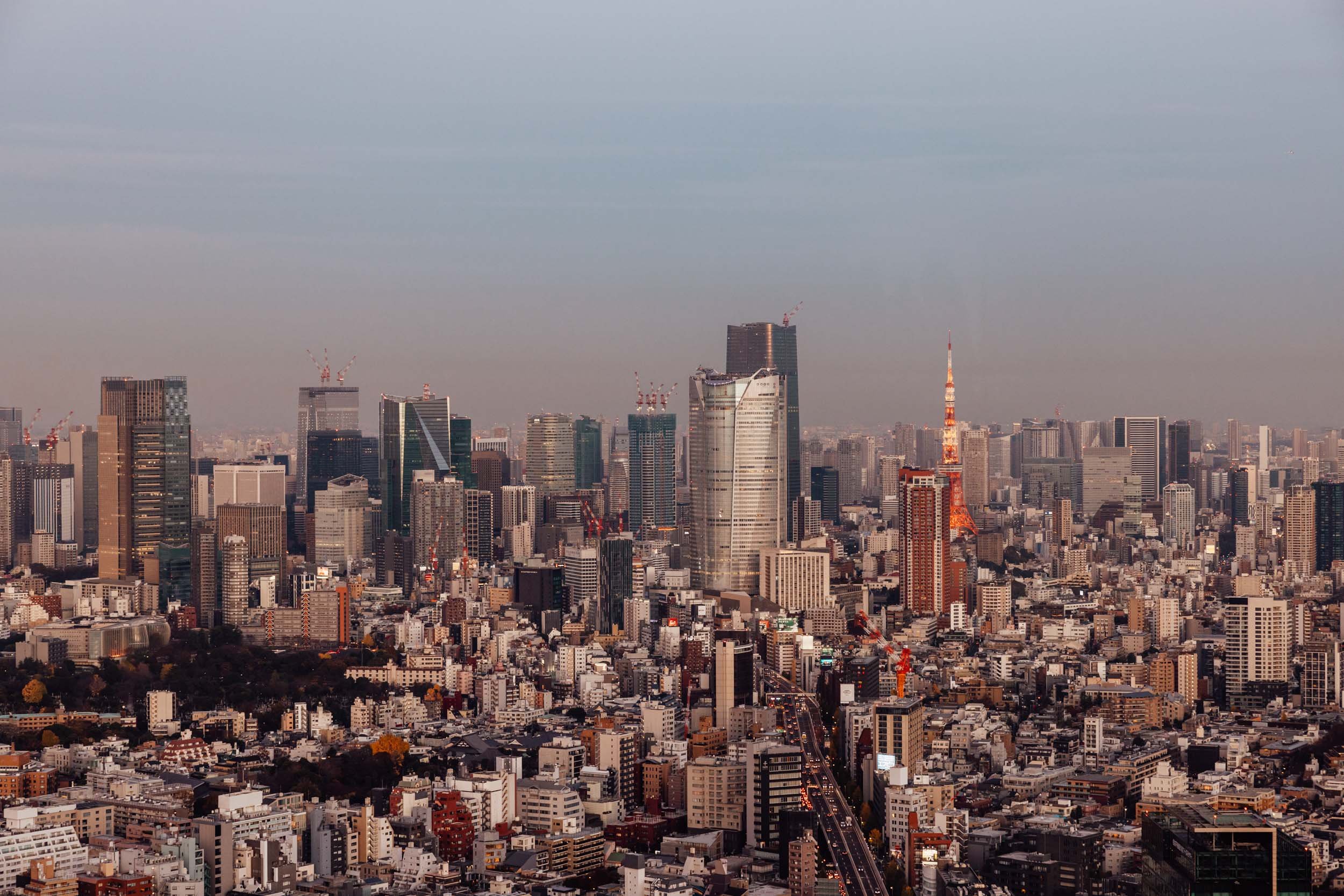Japan autumn packing list: What to wear in fall
Packing your bags for autumn travel in Japan? This guide will outline the various climate and seasons across the country, as well as what to wear as the weather changes throughout fall. From clothing and essentials, to which fashion faux pas to avoid, this handy guide makes it easy to pack for Japan in autumn.
Autumn in Japan is one of the most spectacular seasons to visit. Leaves turn hillsides gold as temple grounds overflow with maples in shades of red and orange. From late September onwards, the colours slowly start to migrate down the longitude of Japan’s geography, transforming the scenery as it moves.
If you’re planning to visit Japan in autumn, packaging efficiently and effectively for the climate is key. In Hokkaido, Japan’s northernmost island, the subarctic climate experiences snowfall from late autumn, while in the subtropical south Okinawa is characterised by weather warm enough to still swim for much of autumn.
Visitors who base their travels around the ‘Golden Triangle’, which is made up of Tokyo, Kyoto, and Osaka, will likely experience warm weather in September, while things really start to cool off by the end of November.
Packing for Japan in fall should be based on layering. As the weather can vary from low single-digit temperatures to mid-20 degree celsius days, having options to mix and match can help you from overpacking and still leave room in your bag to return with much-loved souvenirs from Japan.
In this guide, I’ll explain a little more about the seasons, as well as how to make the most of your luggage allowance and provide you with an autumn packaging list guideline.
Weather in Japan in autumn
Autumn is a wonderful time to visit Japan. Gone are the days of stifling summer heat and incessant humidity that can make exploring the cities uncomfortable. Instead, days in fall are pleasant without being too cold.
Japan is a long, narrow landmass spanning multiple islands from Hokkaido in the north to subtropical Okinawa in the south. This means the climate varies significantly throughout Japan, so packing can feel like a bit of a mind game to begin with.
The great news is unless you plan on staying for a long period (most tourist visas only last 90 days) or travelling the entire length of the country on your trip, you can keep your packing smart and surprisingly compact.
While the south of Japan will experience warmer temperatures throughout autumn, by the end of November the weather in Hokkaido can be quite chilly. If you plan on basing yourself around Tokyo, Kyoto, or Osaka - the famously travelled ‘Golden Triangle’ of Japan - then fortunately temperatures will be fairly consistent throughout these regions.
September marks the start of autumn in Japan and is the least consistent month of fall. The first half of the month is prone to catching the end of typhoon season, resulting in more rainfall in some parts of the country. The second half however settles, with lower humidity and cooler temperatures.
October is when autumn really starts to set in and the leaves begin turning in the north. If you want to catch the bright yellow ginkgos and early momiji, then head to Hokkaido. Further south in Tokyo and Kyoto, leaves don’t start turning until later, but the cities become enjoyable to experience outdoors again.
In November, fall colours peak in central Honshu, the largest of Japan’s islands. This is a brilliant time to partake in the act of ‘momijigari’, a much-loved autumn custom in Japan. Destinations including Kyoto, Kawaguchiko, and Nara really shine in mid-late November. Towards the end of the month, temperatures can dip in the final run-up to winter. In Hokkaido, snow will start appearing from November.
Seasons in Japan
Japan experiences four distinct seasons, with spring, summer, autumn, and winter all evolving across the country's varying geography.
Autumn in Japan | September, October, and November are the fall months and the second-most popular time to visit. This time of year experiences less rainfall from mid-September onwards, lower humidity levels, and comfortable temperatures.
Winter in Japan | December, January, and February make up winter and are a popular time for visitors who head to the ski fields for some Ja-Pow! Hokkaido, Nagano, and Nozawa Onsen tend to be some of the most visited snowy destinations. In central Honshu places like Tokyo, Kyoto, and Osaka will be cold but infrequently experience snowfall. Temperatures can dip and layering is advised.
Spring in Japan | March, April, and May are the months of Spring and with the sakura (cherry blossom) season taking place, it’s the top visited time of the year. Early in the season temperatures start off quite cool from the exit of winter, but by May are warmer and the humidity sets in towards the end of the month from Honshu and further south.
Summer in Japan | June, July, and August are the hottest and wettest months of the year, with most of the country experiencing high temperatures and humidity levels in summer. For more comfortable climates, head further north to Hokkaido which is excellent for outdoor activities at this time of year.
What to wear in Tokyo, Kyoto, and Osaka in Fall
During autumn in Japan, the weather can vary quite a bit, even day-to-day. This is why layering is key, especially when the mornings and evenings are cooler, but daytime temperatures can be pleasant, especially when the sun is shining.
Creating a capsule-style wardrobe for your trip will give you options to mix and match your outfits, making a limited selection feel a whole lot bigger. Even into November, we’ve experienced temperatures from 3 degrees celsius to 23 degrees celsius in cities like Tokyo, Osaka, and Hiroshima. Layering was the best way to dress for every occasion.
Shops, restaurants, and trains are all heated in the colder months, which means wearing heavy layers isn’t only inconvenient for packing light, but also can result in your overheating inside. Instead, pair t-shirts and long-sleeved shirts with knits or jackets, and consider accessories like beanies or scarves to make outfits feel fresh.
If you plan on visiting temples or ryokans, you will be required to remove your shoes. To save yourself time and effort, wear shoes that are easy to slide on and off on the days you have these activities planned so you’re not spending all your time tying up laces.
Since you’ll have your shoes off sometimes, it’s also important to ensure your socks are in good shape. Wear clean, hole-free socks in matching pairs and you’ll fit right in.
Japan autumn packing list
To limit how much luggage you bring, and of course, to leave space for plenty of authentic Japanese souvenirs, I generally recommend packing enough for a one-week trip and doing washing if you are staying longer than that. Here is a packing list for one week in Japan.
2 x pair of jeans, at least one dark and one light wash if possible
1-2 x skirts - choose styles that easily mix and match with various tops
1 x dress for occasions that require smarter attire or warmer days
3-4 t-shirts
3 sweaters or knitwear
2 long sleeved shirts - perfect for layering
8-10 pair of underwear
3 bras
8-10 pairs of socks - make sure they don’t have holes and they match, if you’re visiting temples and ryokans you will be taking your shoes off a lot
1 x leather or denim jacket
1 x puffer or down jacket for late autumn or northern, colder climates
1 x scarf for layering or dressing up an outfit
1 x pair of sneakers
1 x pair of boots
Optional
1 x pair of gloves - ideal if you’re heading to colder climates such as Hokkaido
1-2 beanies - perfect for colder days
Swimwear - if you’re headed to Okinawa then it will still be warm enough to swim
Other general packing items
Small first aid kit - include basic items such as paracetamol/ibuprofen, antiseptic cream, band-aids, cold and flu medication etc. as it may be difficult to easily identify these items compared to your home country
Chargers and international adapters if required
A portable charger to keep your phone and other electronics topped up on-the-go
Camera and lenses
Spare batteries and memory cards
Umbrella
Passport and any required visas if applicable
What not to bring to Japan
Japanese people are known for their fashion sense and are always seen smartly dressed. There are a few things you should avoid wearing in Japan.
Socks with holes - you will be required to take your shoes off to visit temples and ryokans and this is definitely a faux pas
Midriff tops - dress sense in Japan tends to lean towards more conservative styles, especially outside of the major cities. Avoid crop tops or tops that reveal too much cleavage as this can be frowned upon.
Very short skirts and shorts - while you don’t need to wear everything past your knees, ultra-short options aren’t really appropriate in most situations.
Bikinis, while not inappropriate, are generally less common in Japan. If you are using a hotel swimming pool or some of the few hot springs that allow swimwear, you’ll blend in with the crowd if you opt for a one-piece swimsuit instead.
Leggings - unless you’re on the plane or working out, leggings aren’t commonly worn in Japan the way they are in other countries like the UK, USA, and Australia. Instead, opt for other pants such as jeans, cargos, or slacks.
Banned medications - certain medications that might be legal in your country, may not be in Japan. It’s important to check what restrictions apply, and if you need to follow any pre-approval processes to bring certain medications with you.
HEADING TO JAPAN? CHECK OUT THESE MUST-KNOW THINGS BEFORE YOU VISIT
Are suitcases or rucksacks better in Japan?
Usually, I am team rucksack, especially when travelling around Europe. However, Japan isn’t typically designed with cobblestone streets that make dragging a suitcase around a bit of a nightmare. For this reason, either a suitcase or a rucksack is suitable in Japan, it will come down to personal preference and your itinerary.
Suitcases are convenient for travelling in Japan, as most train stations have lifts for accessibility. They are also great if you plan on purchasing fragile goods, like ceramics or local liquors like sake, umeshu, or whiskey.
Rucksacks are less commonly used by travellers in Japan, but still certainly possible. Rucksacks can be useful if you prefer to move around hands-free or travelling lighter - especially if you’re visiting multiple destinations either within Japan or other countries.
How hard is it to catch trains with luggage in Japan?
Japan has one of, if not the best train system in the world. Fast, convenient and, effortlessly on time, they are the top choice for travellers who are moving around the country. Catching trains in Japan with luggage though does require a few considerations.
Peak hour in big cities like Tokyo and Osaka can mean local suburban and metro lines become very crowded which can make moving around with luggage a difficulty. Aim to travel off-peak for a more comfortable experience.
Travellers should also be aware of luggage restrictions on the shinkansen. Oversized luggage needs to be pre-booked with specific seats that provide enough space for suitcases or luggage with overall dimensions of 160cm or more. This means adding the total length, width and height. This is easily done and can be booked either at a ticket machine or at the service counter for JR rail.




